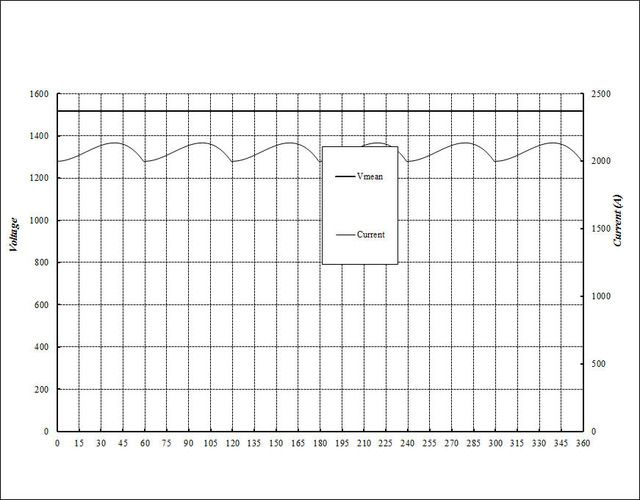This question is for an industrial installation. I'm looking for somewhat theoretical insight.
I'm doing some rough preliminary UPS sizing. We will have a significant amount of 'system cabinets' for the process control system, fire & gas system, and SIS system. The cabinets comprise various components like
The UPS output will be 230VAC single phase delivered to these 'system cabinets'. There's a debate among my team regarding the appropriate input Power Factor to assume for these cabinets. Obviously, assuming a 1.0 PF will result in the most conservatively sized UPS (i.e. assuming a 0.8 PF standard output rating, the unity PF will increase the Watt output rating of the UPS and hence its overall rating).
My thinking is that these electronic devices, particularly the various power supplies, are not purely resistive due to the nonlinear elements in their circuitry (coils, capacitors, etc.).
To elaborate, have a look at this spec sheet, page 152 of 166. It's tough to glean any consistent insight from the input voltages, power consumption/current values, and heating values. I would think that the heating value is basically the approximate 'real work' being done by the equipment (plus inefficiency), so the (vectoral) difference in input power would basically be the Reactive power consumed by the load (i.e. VARs). By that logic, the first item in the list would have a very poor power factor when supplied at 230VAC (120W / 230VA = 0.52 PF). However, if you were to supply DC voltage, the power consumption is (24VDC * 5.5A = 132 W), with only 120 W heating value. In that case, I assume the difference in DC power consumption (132W) and the heating value (120W) is just an accepted margin of error in the approximation.
Further, the high in-rush currents listed on pg 154 suggest to me the presence of significant amount of nonlinear components, so clearly these devices consume reactive power (although I can't find a definition of the column headings 'Primary' vs 'Secondary). Similar to an induction motor, their steady-state reactive power consumption may be low, although the only 'real' work being done by electronics is effectively thermal/heat creation.
Anyway, based on my logic that the devices have nonlinear components, would it be more appropriate to assume 1.0 load PF (purely resistive), or something like 0.85? Anyone have any previous experience with this?
I'm doing some rough preliminary UPS sizing. We will have a significant amount of 'system cabinets' for the process control system, fire & gas system, and SIS system. The cabinets comprise various components like
- AC/DC power supplies for the logic solvers and analog/digital IO modules
- IS barriers,
- AC/DC power supplies for field devices (e.g. Phoenix PSU)
The UPS output will be 230VAC single phase delivered to these 'system cabinets'. There's a debate among my team regarding the appropriate input Power Factor to assume for these cabinets. Obviously, assuming a 1.0 PF will result in the most conservatively sized UPS (i.e. assuming a 0.8 PF standard output rating, the unity PF will increase the Watt output rating of the UPS and hence its overall rating).
My thinking is that these electronic devices, particularly the various power supplies, are not purely resistive due to the nonlinear elements in their circuitry (coils, capacitors, etc.).
To elaborate, have a look at this spec sheet, page 152 of 166. It's tough to glean any consistent insight from the input voltages, power consumption/current values, and heating values. I would think that the heating value is basically the approximate 'real work' being done by the equipment (plus inefficiency), so the (vectoral) difference in input power would basically be the Reactive power consumed by the load (i.e. VARs). By that logic, the first item in the list would have a very poor power factor when supplied at 230VAC (120W / 230VA = 0.52 PF). However, if you were to supply DC voltage, the power consumption is (24VDC * 5.5A = 132 W), with only 120 W heating value. In that case, I assume the difference in DC power consumption (132W) and the heating value (120W) is just an accepted margin of error in the approximation.
Further, the high in-rush currents listed on pg 154 suggest to me the presence of significant amount of nonlinear components, so clearly these devices consume reactive power (although I can't find a definition of the column headings 'Primary' vs 'Secondary). Similar to an induction motor, their steady-state reactive power consumption may be low, although the only 'real' work being done by electronics is effectively thermal/heat creation.
Anyway, based on my logic that the devices have nonlinear components, would it be more appropriate to assume 1.0 load PF (purely resistive), or something like 0.85? Anyone have any previous experience with this?


